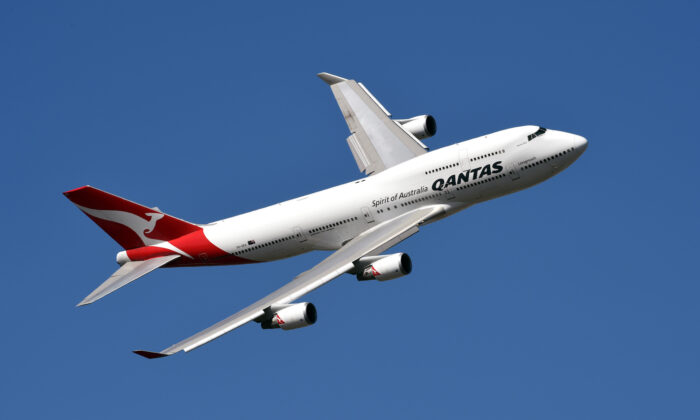Sydney’s long-term hold on Qantas’ headquarters is under threat as Australia’s premier airline downsizes during the pandemic.
Qantas may vacate its 49,000 sqm head office in the Sydney suburb of Mascot and consolidating its Qantas and budget brand Jetstar office (currently in Melbourne) into one location.
Flight simulator centres in Sydney and Melbourne, as well as heavy maintenance facilities in Brisbane, may also move.
Announcing that it will聽carry out a three-month review of its offices and aviation facilities within Australia as part of continued efforts to cut costs, Qantas said it had no intention to move facilities offshore.
Qantas Group Chief Financial Officer Vanessa Hudson said, “Like most airlines, the ongoing impact of COVID means we’ll be a much smaller company for a while.”
“We’re looking right across the organisation for efficiencies, including our $40 million annual spend on leased office space,” AAP noted.
About 8,000 workers are leaving the airline, which has slashed overseas and domestic flights due to global and domestic travel restrictions.
 Qantas airplanes wait at Melbourne Tullamarine Airport in Melbourne, Australia on Feb. 25, 2014. (Scott Barbour/Getty Images)
Qantas airplanes wait at Melbourne Tullamarine Airport in Melbourne, Australia on Feb. 25, 2014. (Scott Barbour/Getty Images)The group dismissed 6,000 workers in June as part of a three-year plan to slash costs by $15 billion. About 2,400 ground crew were last month told their roles will likely be outsourced.
Qantas has invited the state governments of Victoria, New South Wales (the incumbent), and Queensland to offer incentives to move or keep jobs in their regions, sparking off intra-state competition.
Victorian Premier Daniel Andrews told a media conference he had spoken to Qantas CEO Alan Joyce on the evening of Sept. 14.
“We think that we have a very attractive offer to make and we’ll work through that to try and have as many jobs as we possibly can in our city and state,” he said.
Andrews said Melbourne’s primary airport Tullamarine had no curfew compared to Sydney International Airport, which cannot allow flights between 11 p.m to 6 a.m.
He also said Melbourne’s secondary airport Avalon, benefitted from having more space.
New South Wales’ Premier Gladys Berejiklian said she also spoke to Joyce and the government was considering its options. State Treasurer Dominic Perrottet has been assigned the task of keeping Qantas local.
Sydney’s under-construction aerotropolis precinct near the new Western Sydney Airport has been earmarked as a possible alternative location. It is due to open in 2026.
The carrier said property changes would not affect customers. The airline will be sub-leasing excess office space in Hobart, Melbourne, and Sydney.
Qantas’ head office first opened in Winton in Queensland in 1920 but moved to Sydney in 1938.
The move comes as Australia’s travel industry grapples with the pandemic-induced lockdown. Four of the country’s largest travel businesses and rivals, have joined forces to call on state governments to ease restrictions.
Currently, Western Australia, Northern Territory, Tasmania, South Australia, and Queensland have maintained strict border restrictions to stem the spread of the virus. At the same time, Victoria opened its border early but closed them following a second wave of the COVID-19 virus.
New South Wales has maintained open borders, instead preferring to focus on stringent contact tracing measures. So far, its case numbers have remained relatively low.
Focus News: Qantas HQ up for Grabs Amid Post-COVID Downsizing
US Government Issues Draft Amendment to Cut Reliance on Russian Uranium
